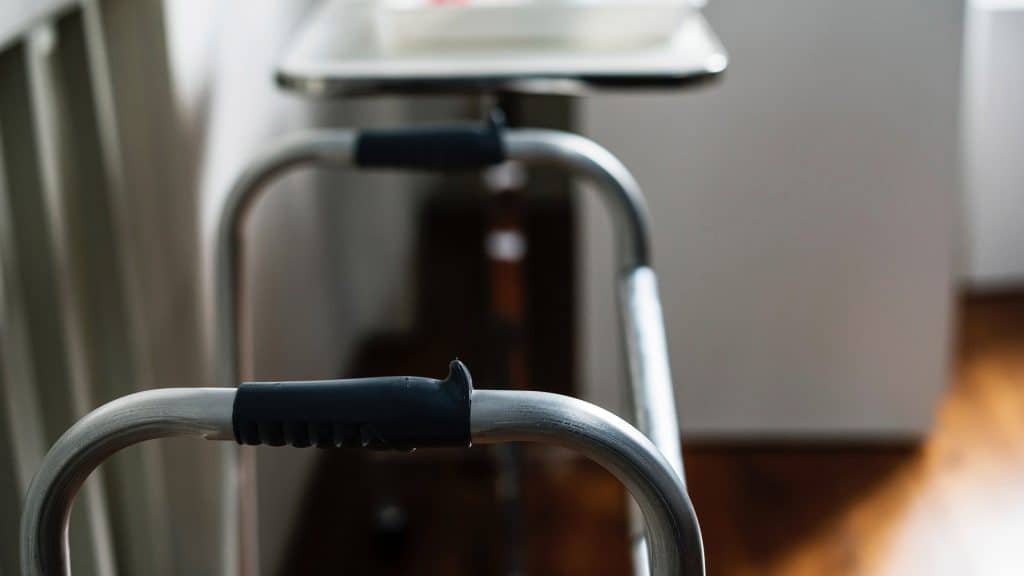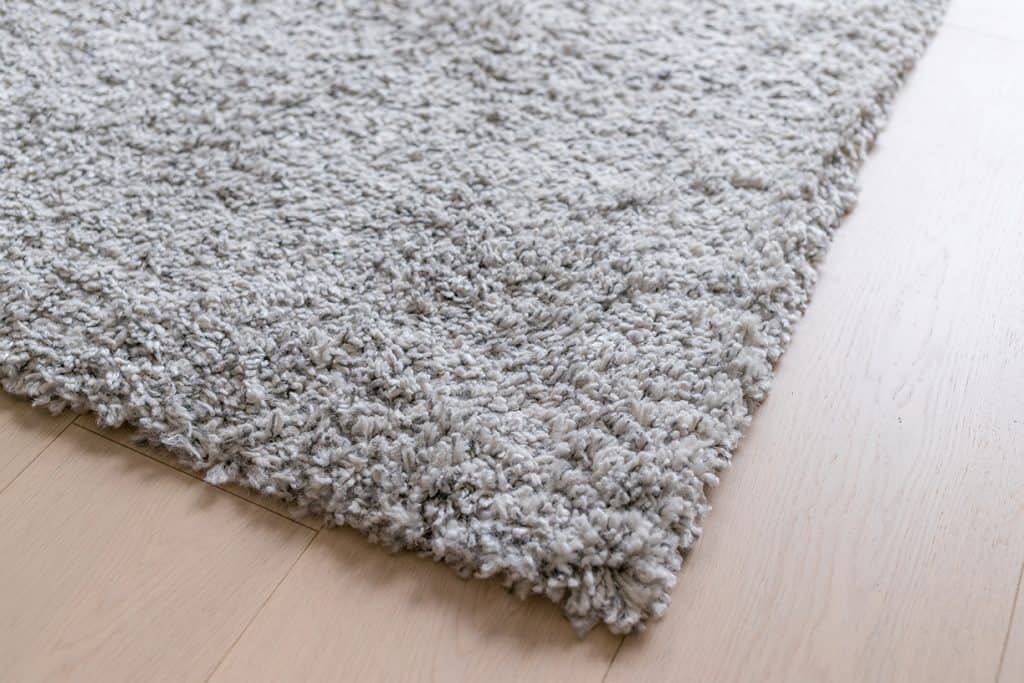Managing the risk of falls in care homes
- Categories: Best Practice & Advice
Joe Webber
Share this article
Managing risk of falls
Toddlers, children, teenagers, adults – all of us are likely to take a tumble at some stage. By and large these falls are only minor with nothing more than some embarrassment or a few bruises. Even if the fall necessitates medical intervention, recovery is generally swift with swelling going down quickly and fractures of younger bones mending well.
For older people, the situation is different. Bones become more brittle with age and recovery time is much longer. Any fall can seriously impact on the quality of life of the older person. It can lead to anxiety, social isolation, an increased tendency to depression, mental health problems or loss of independence.
According to research published by the Department of Health (2009), 50% of older people living in the community fall each year with the incidence rate three times higher amongst residents in care homes.
Falls are emotive, arouse anxiety and can lead to complaints and threats of litigation from loved ones. It is the legal responsibility of care home managers to manage the risk of falls within their individual home setting. Therefore, it is paramount that a care home has stringent monitoring, protocols and practices in place to reduce the risk of falls and ensure that it does its utmost to keep residents safe whilst at the same time encouraging their mobility and independence and promoting their mental health and wellbeing. In actively doing so, residents will feel cared for and your care home setting will be a happier place.

Five useful tips on how to manage risk
1. Understand the needs of your residents
Before a new resident joins your home, assess and understand their needs and complete a risk assessment. Has the person fallen in the last year and if so, how often? Has this impacted on mobility or daily routines such as washing, dressing, or general self-care? Are there inherent difficulties with mobility or balance? Are there visual or health problems which might augment the risk of falling?
Have systems in place which safely store this information and make it easy to be shared. Keeping information readily available will help you avoid unnecessary repeating questions for the prospective resident. Unless there is a change in circumstances, there should be no need for these questions to be asked twice.
2. Share information
Share as much relevant information as possible with your staff. The more each of your employees knows about the needs of your residents, the better placed they will be to look out for them whether in the dining room, the corridor, the lounge or outside. Be sure to update records and reshape them, should additional issues arise post-admission.
It’s important to be aware that no matter how much you get to know about your residents, unfamiliarity with new surroundings can lead to increase the risk of falls. Meeting new people and settling in to a new lifestyle can also be a stressful time, also contributing to fall risk. This is where care home software can be great to help increase effective communication within a care home setting. The more comfortable the resident is, the less chances they have of falling.
3. Show patience
Encourage independence and mobility in your residents and show care and patience at all times. Residents may have come straight to you from a long hospital stay so energy levels may be low and muscles weak. This may be a very new and alarming time for them; a time where they feel they have lost their independence for ever.
Ensure staff are to hand to assist with everyday mobility needs such as washing, using the toilet, walking, sitting and dining. At the same time, however, educate your residents to available facilities at hand such as walking sticks or frames, grab rails in bathrooms, hand rails along the corridors so that residents maintain and improve their mobility and independence.
4. Physiotherapy and rehabilitation
You can employ your own in-house physiotherapist to work specifically with residents on confidence-building exercises that support muscle development and facilitate a gradual return to mobility. Map both physical and mental agility exercises strategically throughout the day to keep residents involved and active. Not only does this give you the chance to be around them and watch out for fall risks, but it reduces the natural instinct to return to their rooms, helping them make new friendships and learn new skills.
5. Assess potential hazards

Regularly risk assess your care home and train all staff in managing and reducing the risk of falls. You can look for potential trip hazards such as rugs, chair legs, trolleys and loose cables, and your staff can keep an eye out for anything on their daily walks around the setting. Invest in basic measures like slip resistant flooring in bathrooms and low pile flooring in all areas to ensure ease of movement of residents whether they need a mobility aid or not.
Learn more about CareDocs
We hope the above has given you some insight into how best to manage and counteract falls in your care home setting. Having the facility to store all information about your care home and your residents in one secure location is key to providing the most efficient service, so that staff are able to access, and if necessary, update this information at the drop of a hat.
This is just one of the ways CareDocs can help. With our person-centred approach to managing and preventing falls and fractures, CareDocs simplifies day-to-day recording and updating of care plans, giving staff more time to dedicate to residents whilst ensuring care records are always fully up to date and even accessible from mobile devices. Using a care management software rules out the need for extensive and archaic paper-based forms. There’s no duplication of paperwork, no paper files (unless you want to print them) and no need for storage space.
Assessments can be completed with ease at any time from any dedicated mobile device with direct involvement of the individual concerned. This in turn personalises the experience for the individual as they can be fully involved in the recording process. All new information is then immediately available for all staff who have access to view. There’s no need for lengthy confidential emails and no more queueing to access paper files in a spare moment. To find out the other benefits of going paperless, click here.
If you would like to find out more about how the CareDocs system can benefit your care home, please call 0330 056 3333 or email sales@caredocs.co.uk.
Want more information on care planning? Check out this free ebook:
Introduction to care planning
Share this article
Author
Joe Webber
Search
Recent articles
- CareDocs Partners with the Professional Record Standards Body (PRSB) to Support Care Standards Fit for the Future of Digital Care January 30, 2024
- CareDocs Joins the Care Software Providers Association (CASPA), an Independent, Not for Profit Association, Representing Software in the Care Industry January 19, 2024
- CareDocs partners with Bristol Waste to tackle digital poverty January 10, 2024
Recent comments
- 1.2. Assess use of care plans in applying person-centered values - CIPD Writers on What is person centred care planning and why is it important?
- Call tracking tips for care home marketers - Chester Times on The importance of effective communication in care
- Why is effective communication important for positive relationships with individuals in care? - Building-Craft on The importance of effective communication in care











